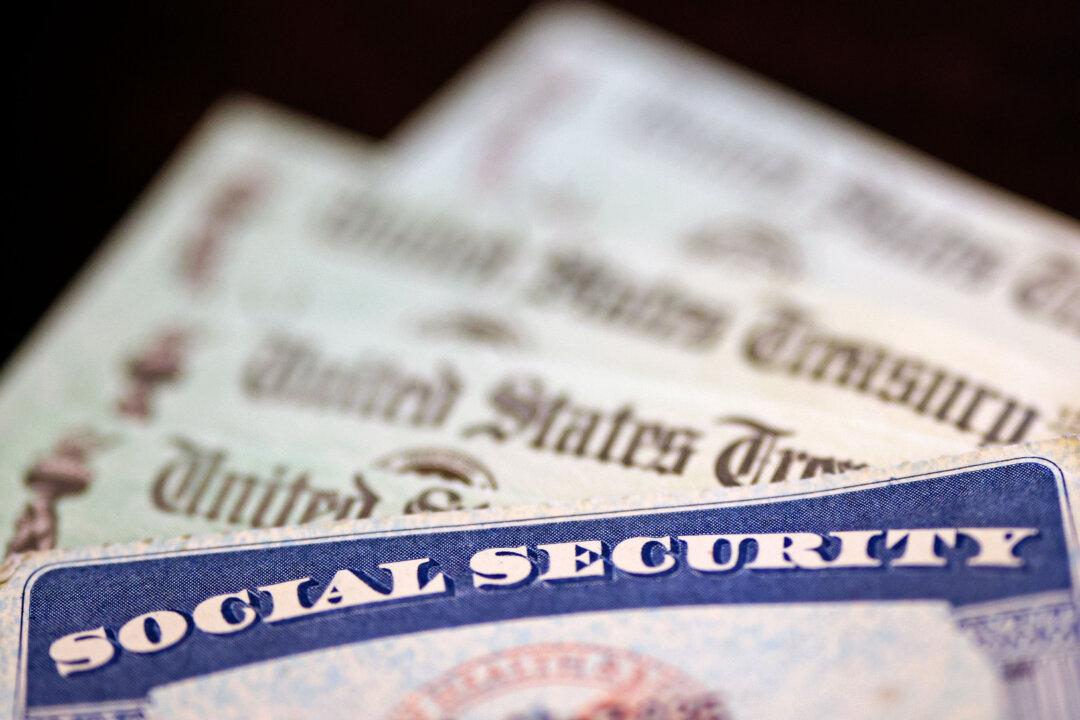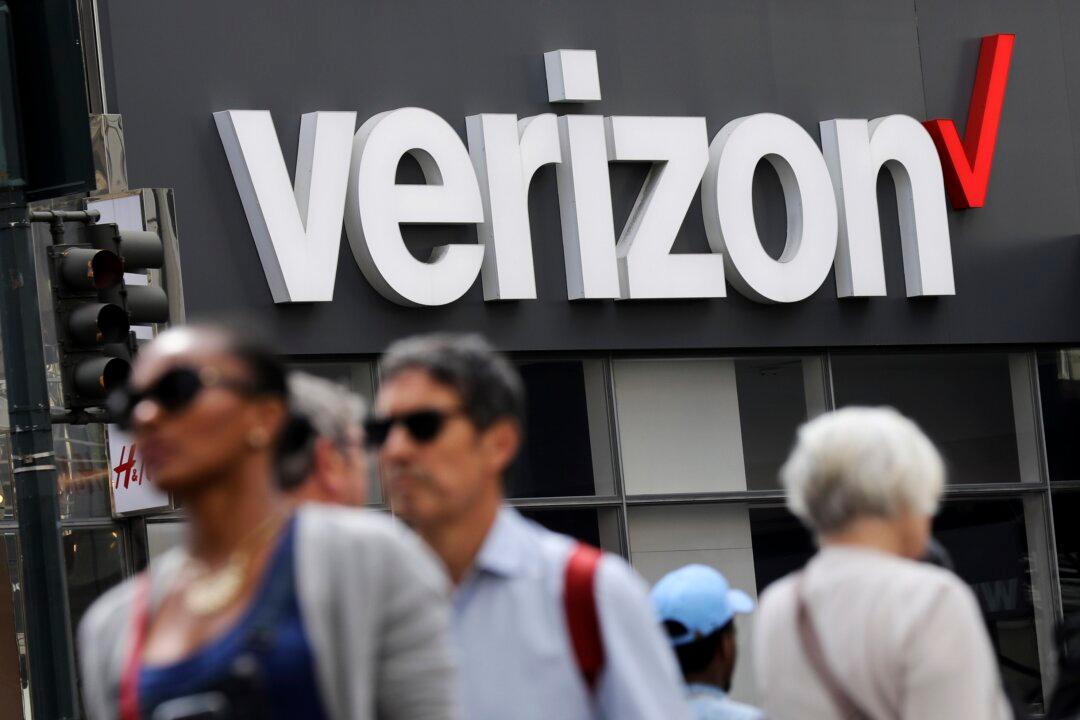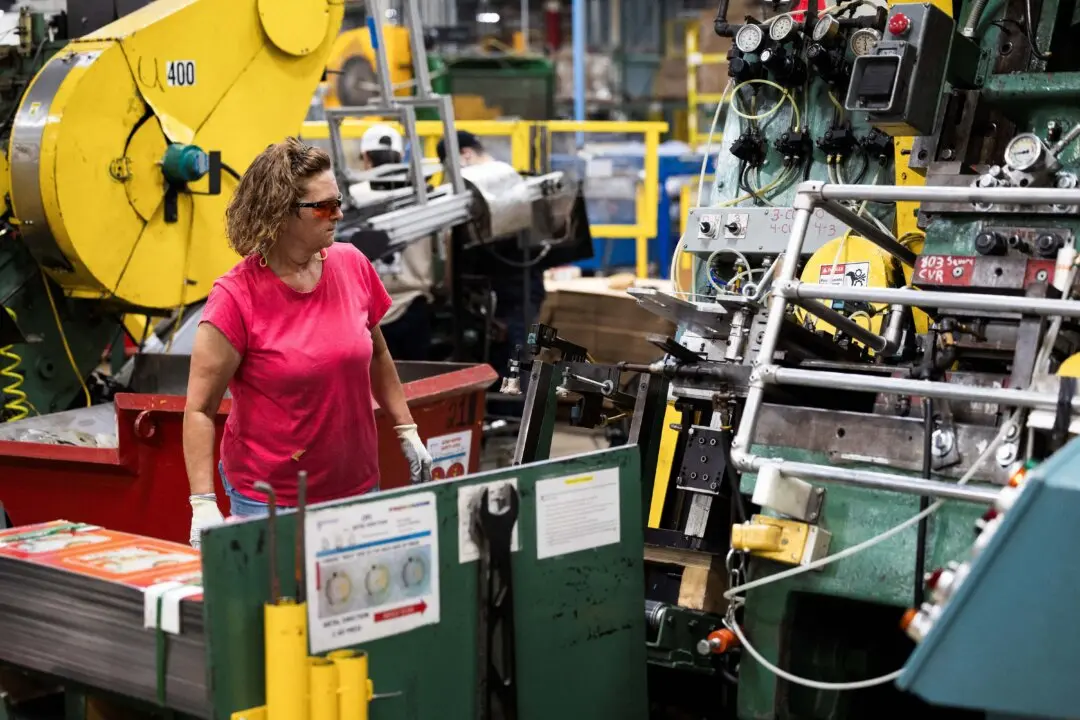A new Bankrate survey has found that many of today’s workers expect to rely on Social Security benefits, but most are concerned that they will not receive monthly checks upon retirement.
According to the study, 53 percent of Americans who have not retired anticipate depending on these retirement benefits to pay for their living expenses once they leave the workforce.





